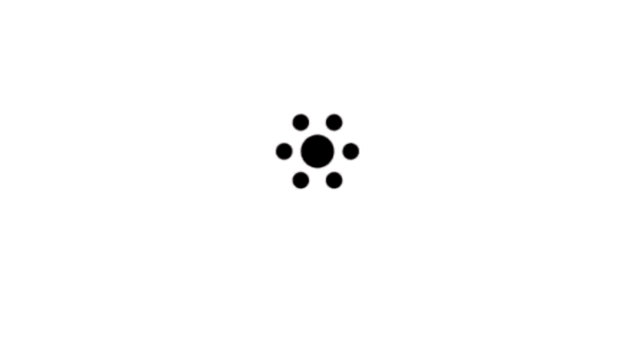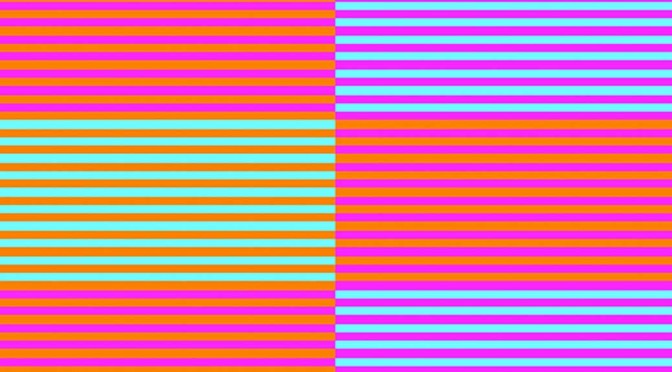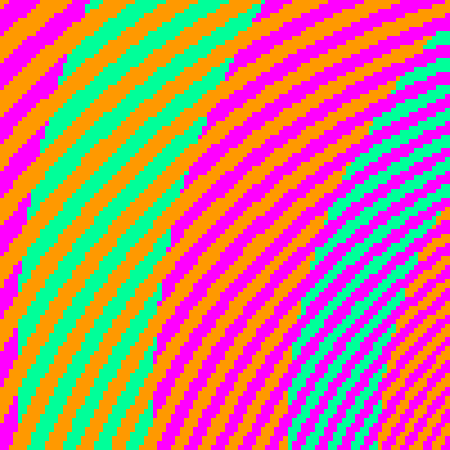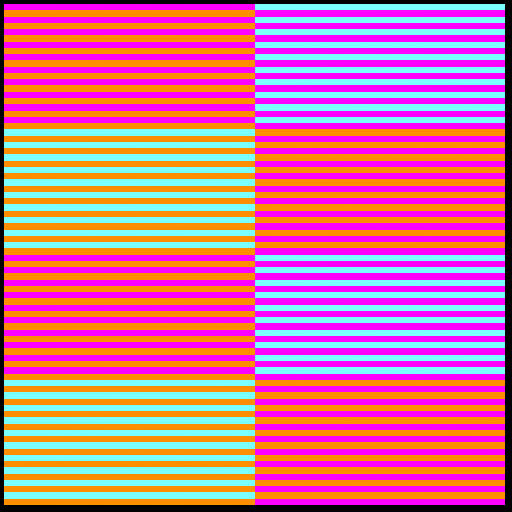By Anupum Pant
You probably know the static Ebbinghaus illusion – where a circle appears bigger around smaller circles even when it is of the same size. It’s static because it works without moving. Well, if you don’t know, you should because it helps you lose weight in a very subtle manner.
A slight variation involving movement of the Ebbinghaus illusion won the best illusion award for the year 2014. Yes, there are annual awards for the best illusions (I never knew that!). This one which won the award was submitted by researchers from the University of Nevada Reno.
The new variation is called the Dynamic Ebbinghaus effect. This is what happens in it…
There’s an arrangement of circles, exactly like the Ebbinghaus illusion, but there’s just one of the sets from the static illusion discussed above. While this arrangement of circles move, the central circle remains of the same size and the surrounding circles change in size.
Now, if you look into the central circle, you’ll see that it changes size too. In reality, it doesn’t. This effect is weaker when you look directly into the central circle. To make it more pronounced, you can shift your focus to the side and look at it through your peripheral vision. It’s totally mesmerizing. No wonder it won.



 Ok, if you take my word for it, fine. If you don’t believe me, you could use a simple image editor, pick colours and check. Both the colours you see here, green and blue, have the same hexadecimal value: #00ff96.
Ok, if you take my word for it, fine. If you don’t believe me, you could use a simple image editor, pick colours and check. Both the colours you see here, green and blue, have the same hexadecimal value: #00ff96.










